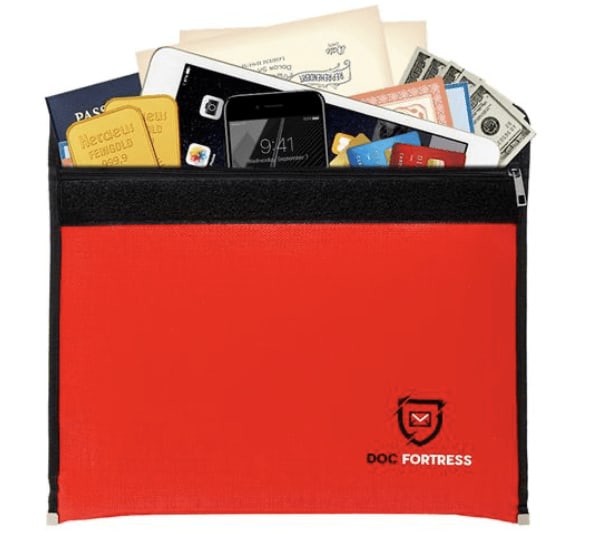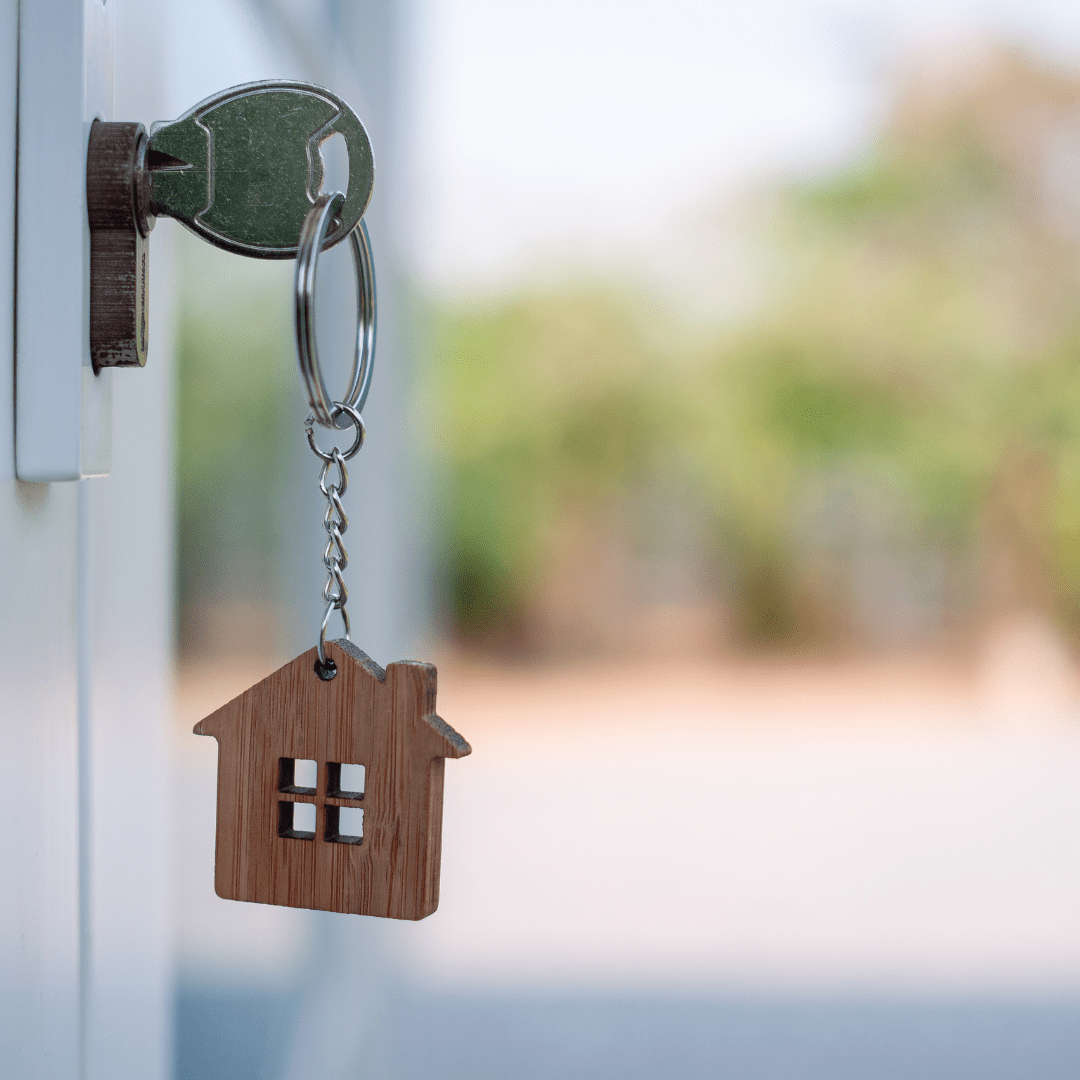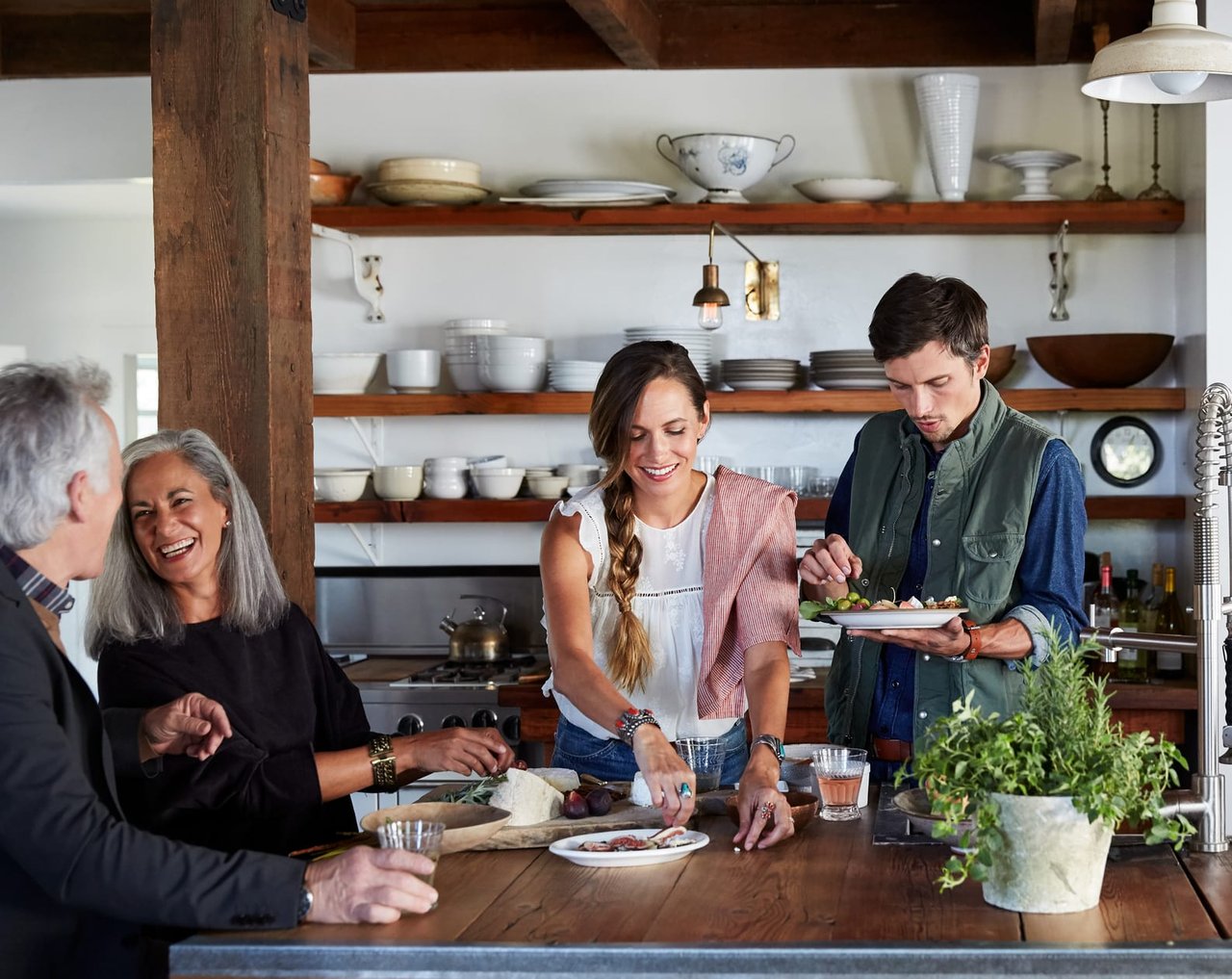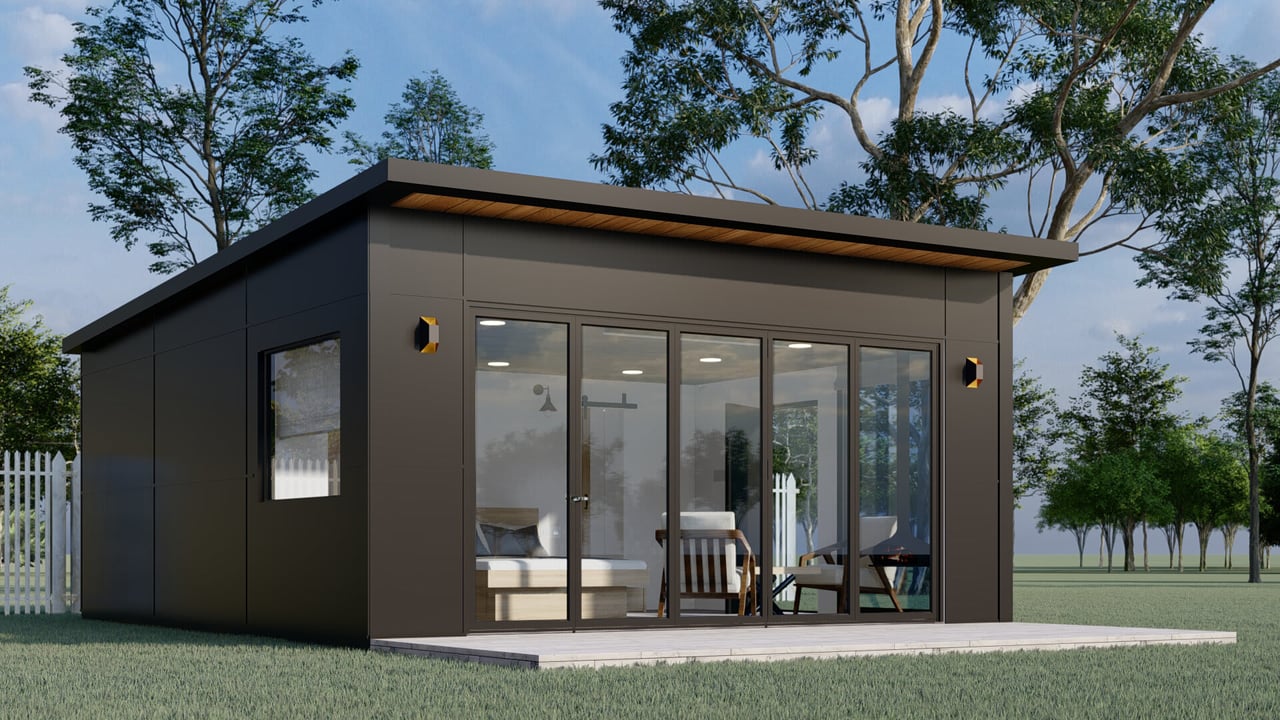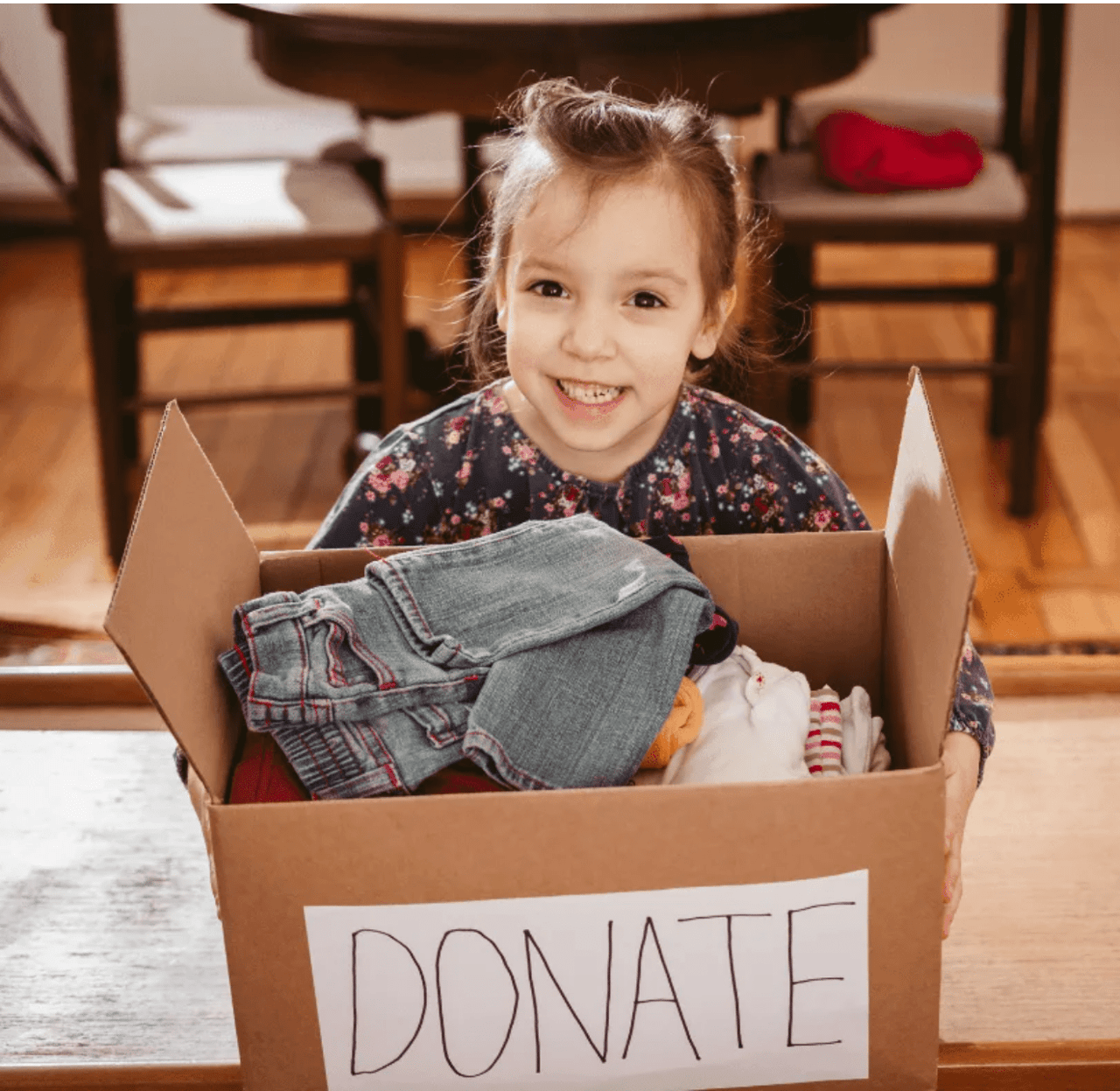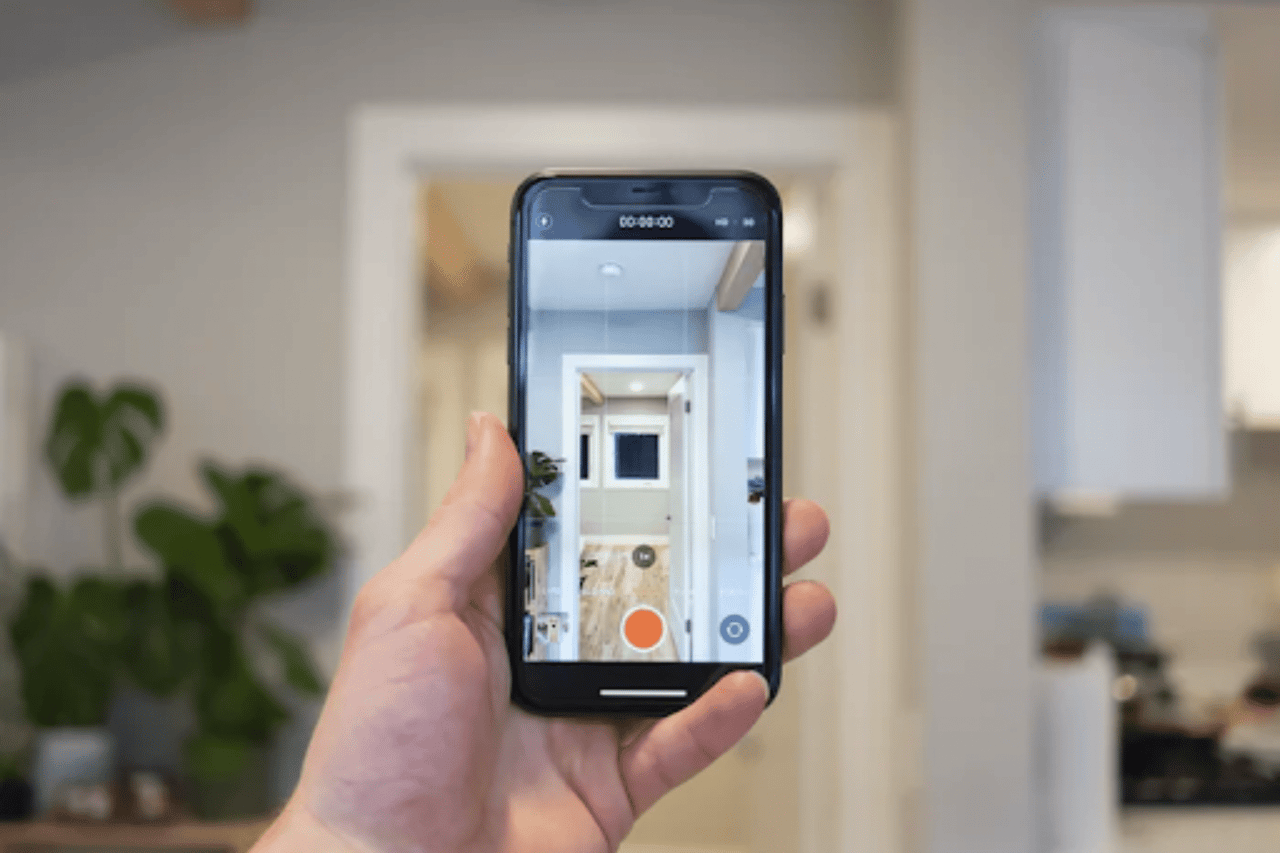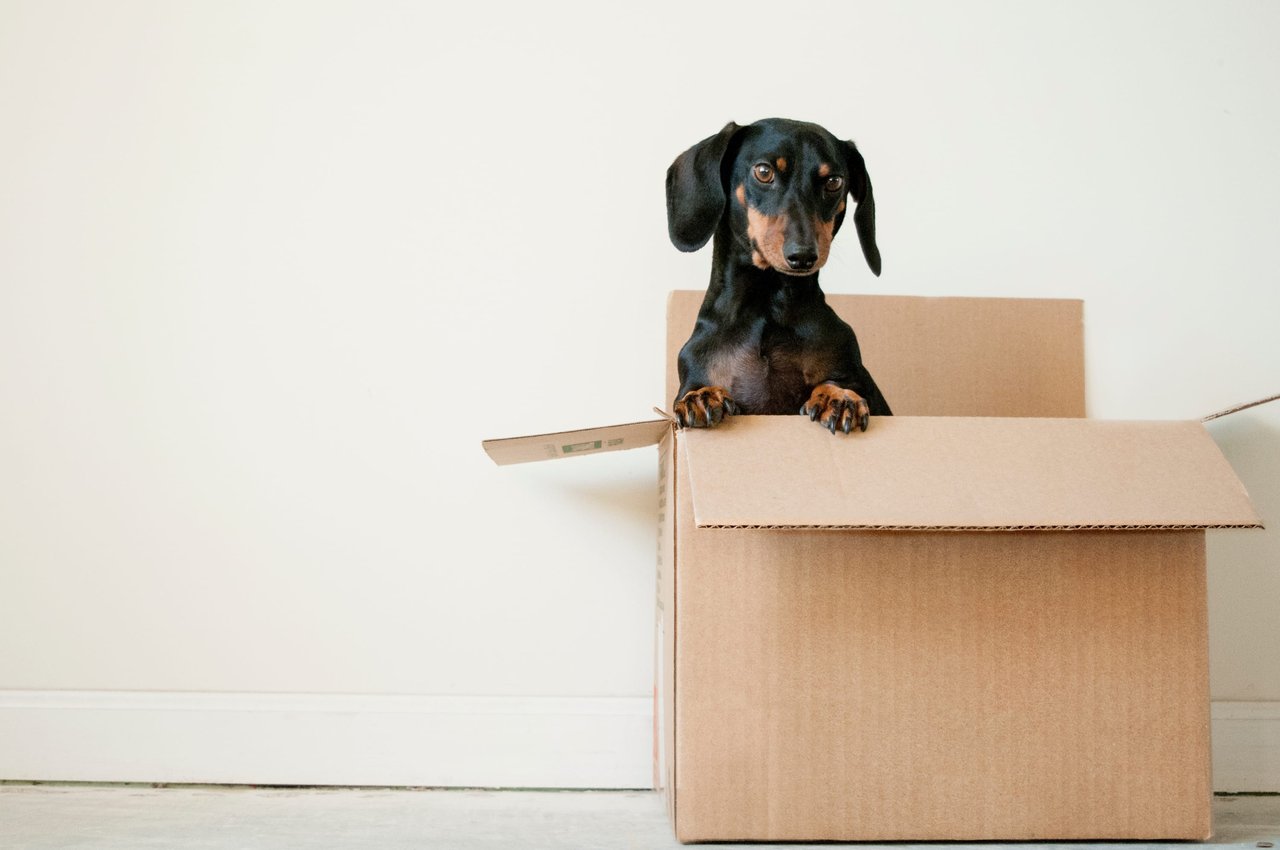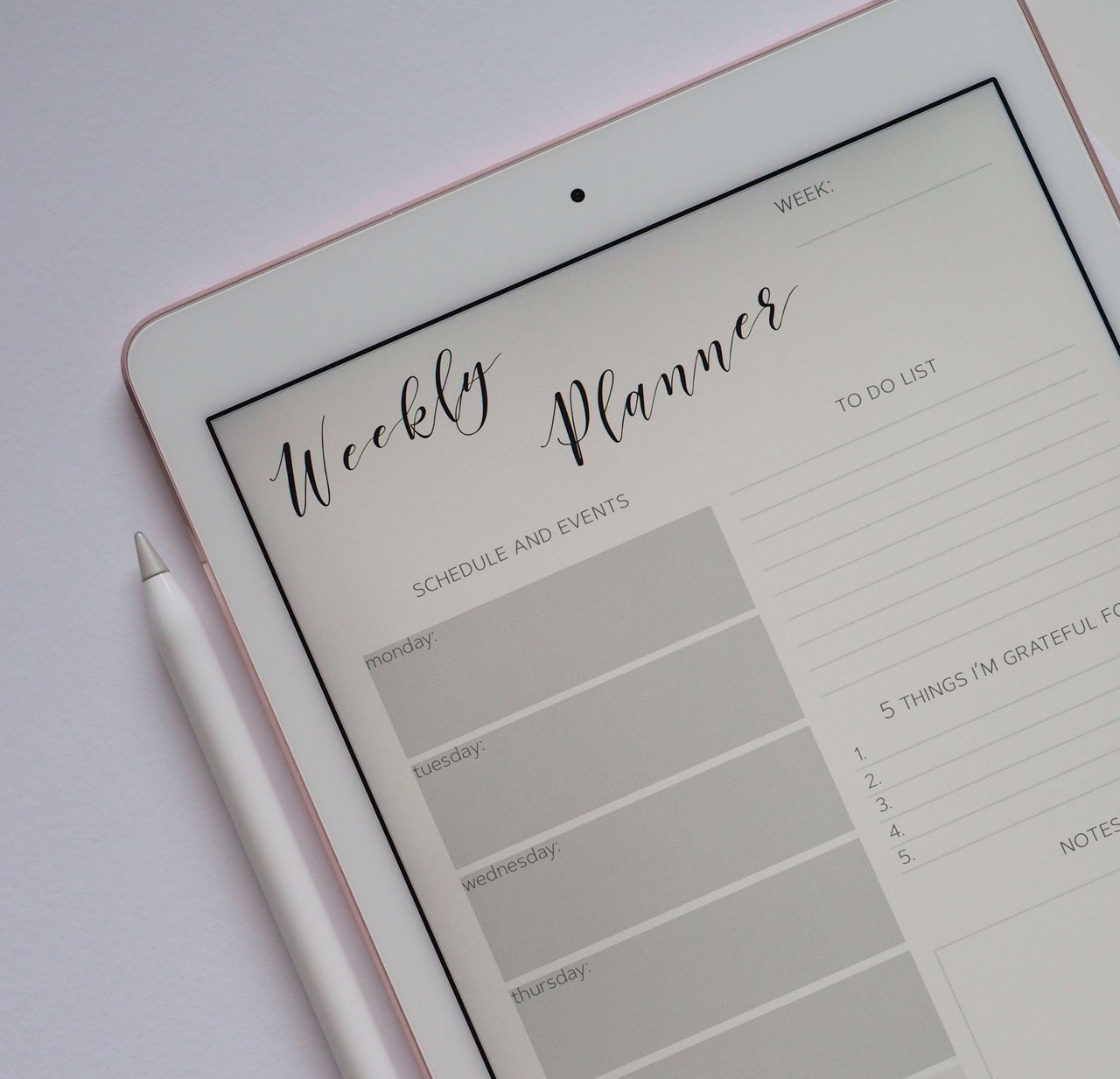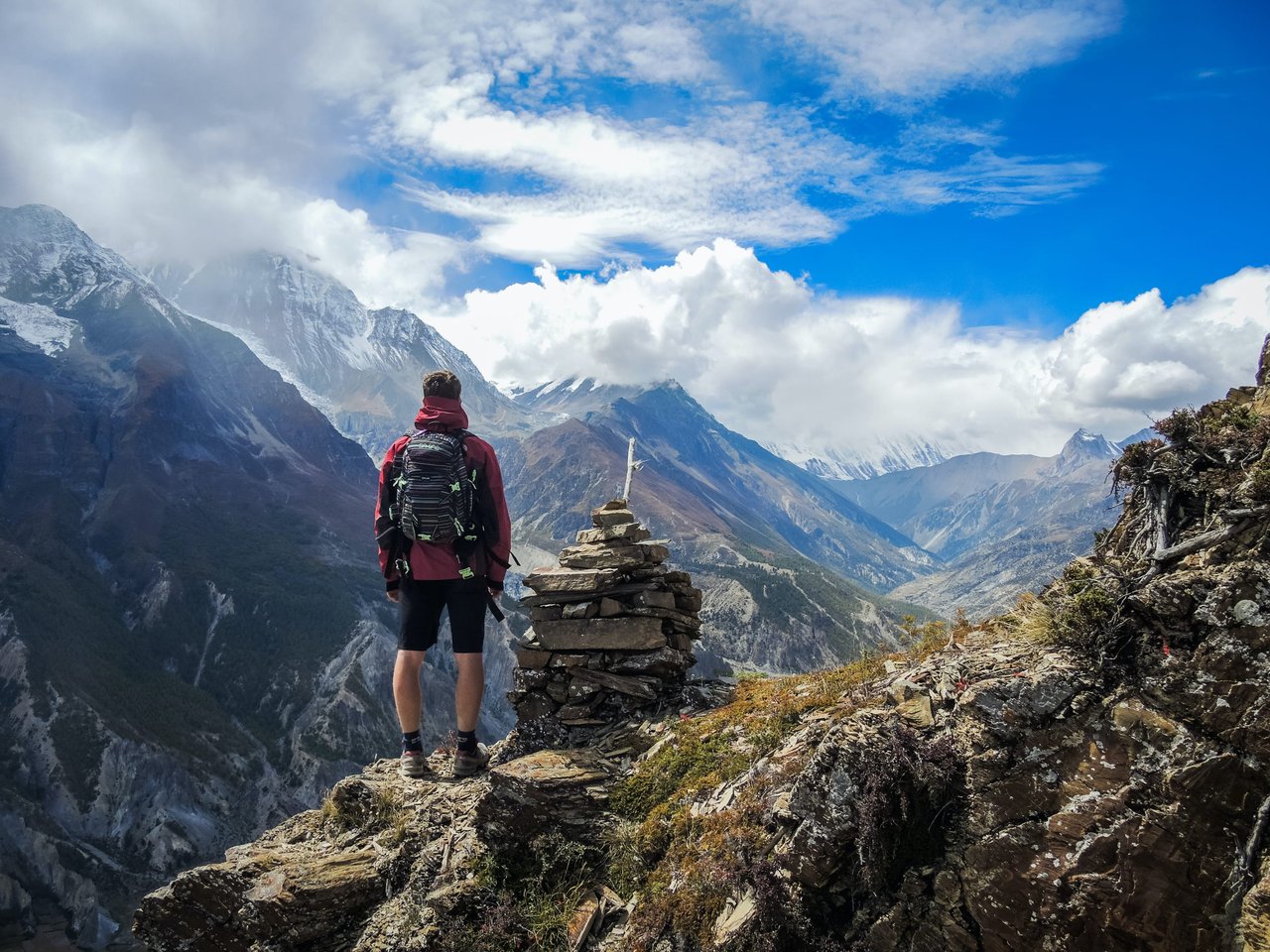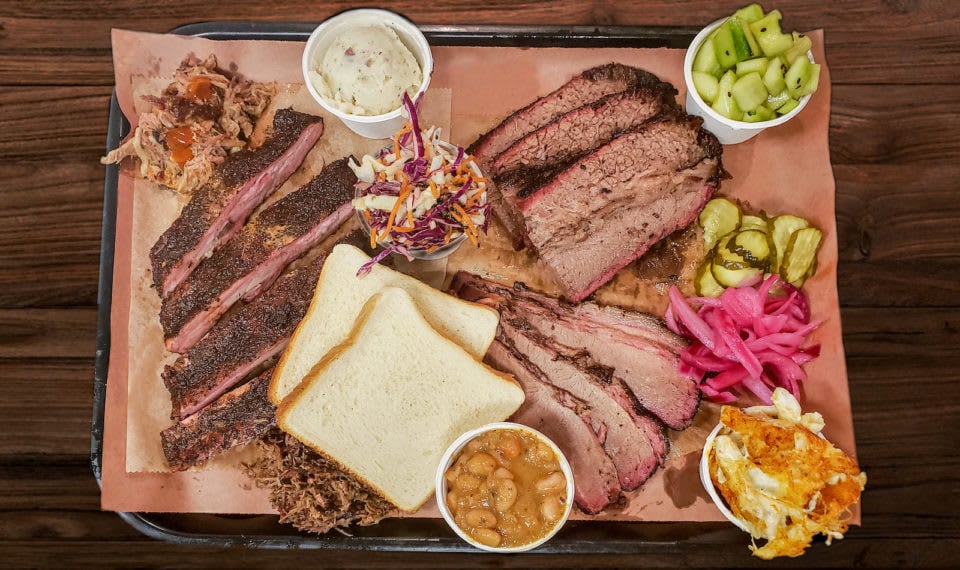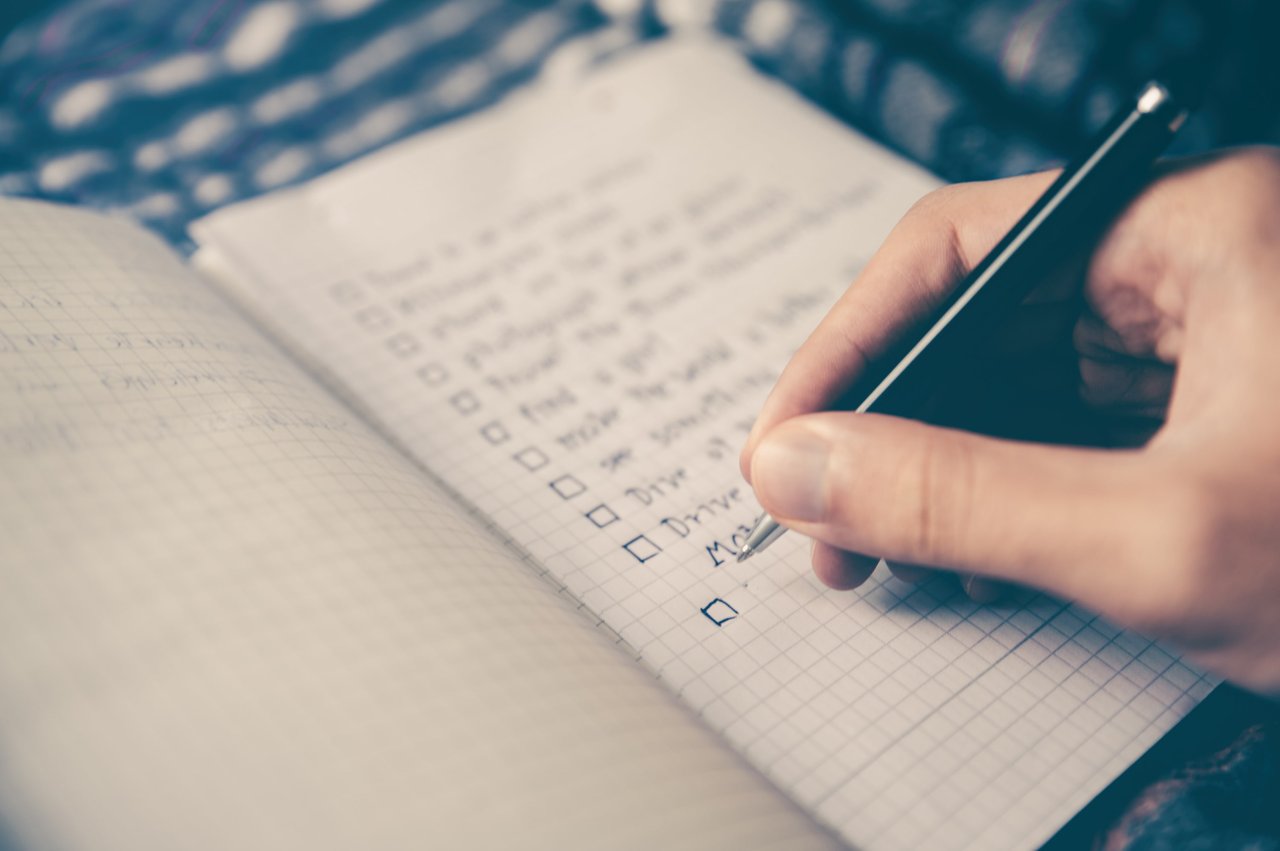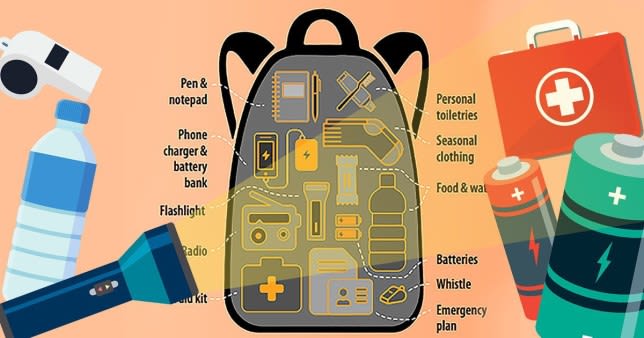
Lets take this moment in time to get prepared. We watched California and Oregon and why I didn’t prepare then…well it’s always a mindset of it won’t happen to me. Recently the fires didn’t impact me personally but they did my community. All I had to offer in the recent evacuations was a two horse trailer which I didn’t think was much but let me tell you it was plenty. My first trip out I had two horses in the back and realized a farm needed more helps to stopped on my way to fill the trailer tack room with 15 chickens, 1 rooster and 1 goose. Over about 4 hours we were able to evacuate 15 horses. At one point the evacuation crews with their large trailers couldn’t get up some of the winding mountain road so they asked for the small trailers to go to specific addresses that were hard to access.
It got me thinking, I had purchased some special envelopes that are bright colored and intended to hold my important documents. But, mine were empty. So, I’m taking this weekend to take my own advice and have all my things ready to go. Then preparing an evacuation bag packed for both me and my animals.
Wildfire season is the biggest threat in Colorado but please don’t forget that flash floods and mudslides can often follow. Even if a natural disaster isn’t looming every household should have an emergency “go bag” ready for each family member. Even if you hope to ride out the danger with a store of supplies, packing an easy-to-carry bag with essentials will prove helpful in the aftermath.
While protecting your home and business from disaster is important, protecting human lives is absolutely crucial. Taking even a few minutes to look for medications or documents can cost a life. Check bag every six months to rotate food and water supplies, refresh medications, update documents, and, especially for children, make sure clothing still fits.
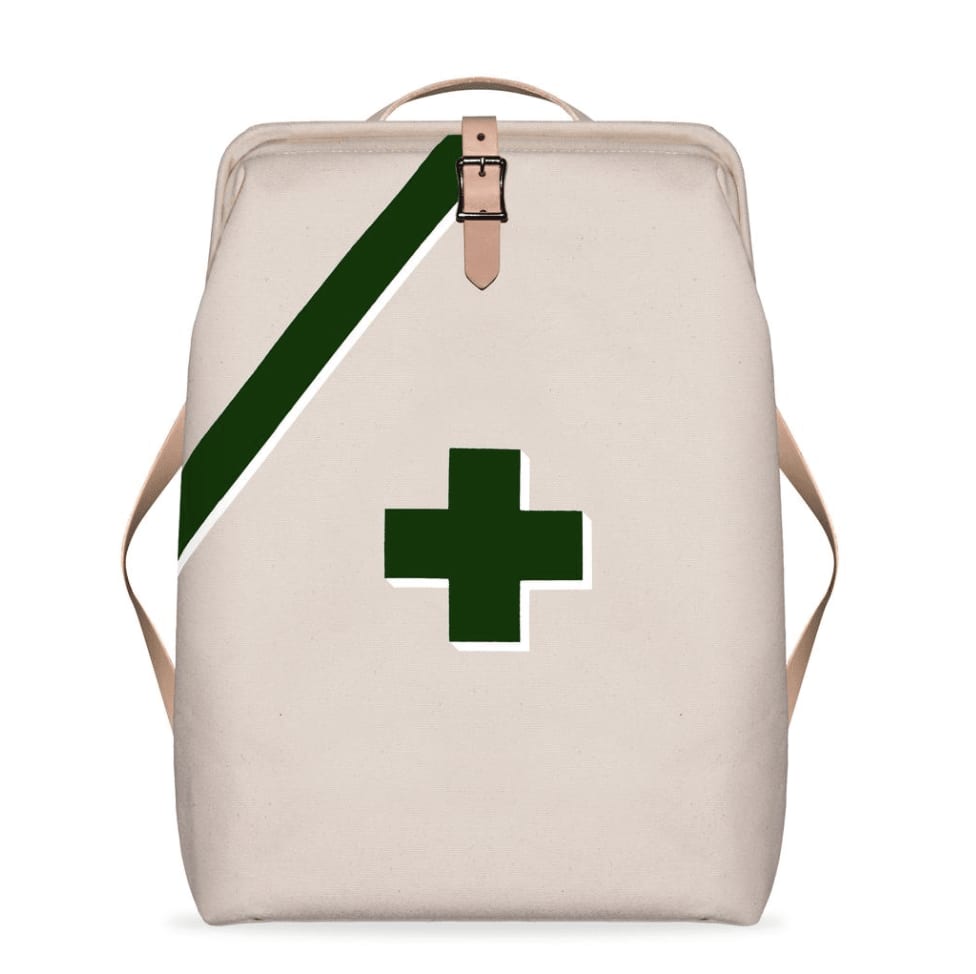
Choose a Bag
An emergency go bag should be lightweight enough for an adult or child to easily carry it, but large enough to hold essential items needed for up to three days. A backpack is a good choice because it leaves your hands free to hold onto other items, but a small suitcase with wheels or rolling backpack can also work. Remember, you may be running with your bag.
Tip
Place the bag near an exit or at the side of a closet with your purse or wallet, phone, and keys. Mine lives in the closet closest to the front door.
Medications and Personal Items
Pack at least three days of each type of medication you take in the original prescription bottles, a small first aid kit, and sanitary hand wipes. If you use supplemental oxygen, invest in a portable tank to have on hand. Pack an extra pair of glasses or plenty of contact lenses, a comfort item for each child, and something small to entertain you, such a pack of cards.
Electronics
While you may not land in a spot with electricity, be sure to pack at least one phone charger and any extra battery packs. Include an LED flashlight or headlamp, and purchase an old fashioned radio. A metal whistle may also prove invaluable for location if your cell phone dies.
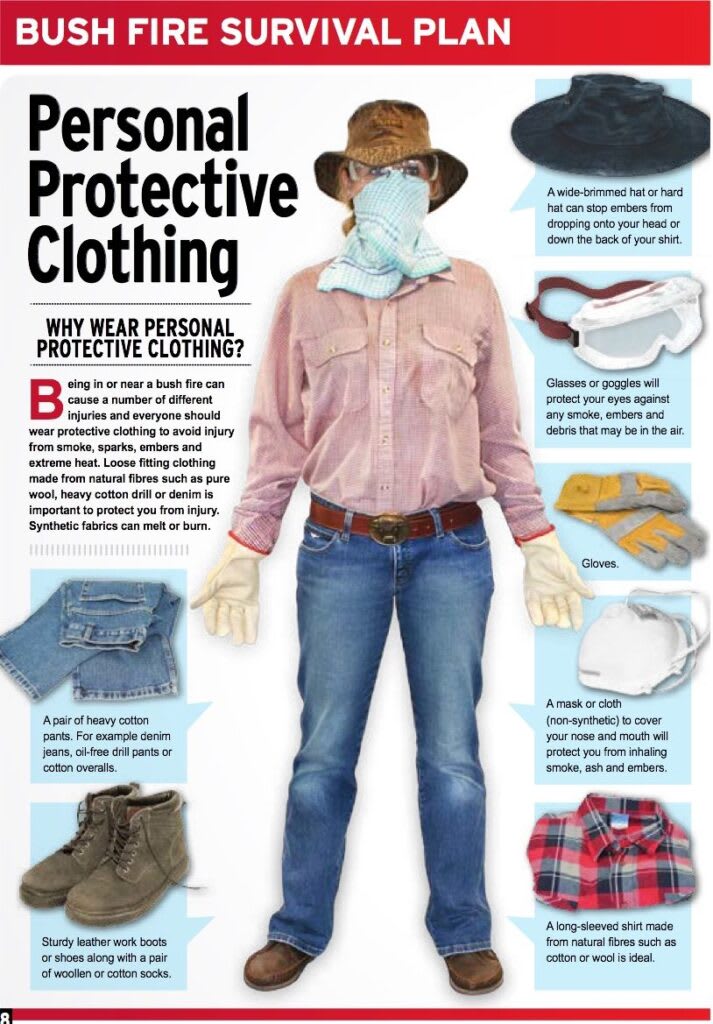
If it comes to go time put on real shoes like boots. I put on a hat and tie a handkerchief around my mouth and slide it down around my neck.
The only thing I see wrong with this picture is the belt buckle (I try to limit metal).
Clothing
Each person should have enough clothing for three days. Choose clothing that is lightweight and can be worn in layers. For small children, pack extra diapers and warm clothes. Select shoes that are waterproof, if possible.
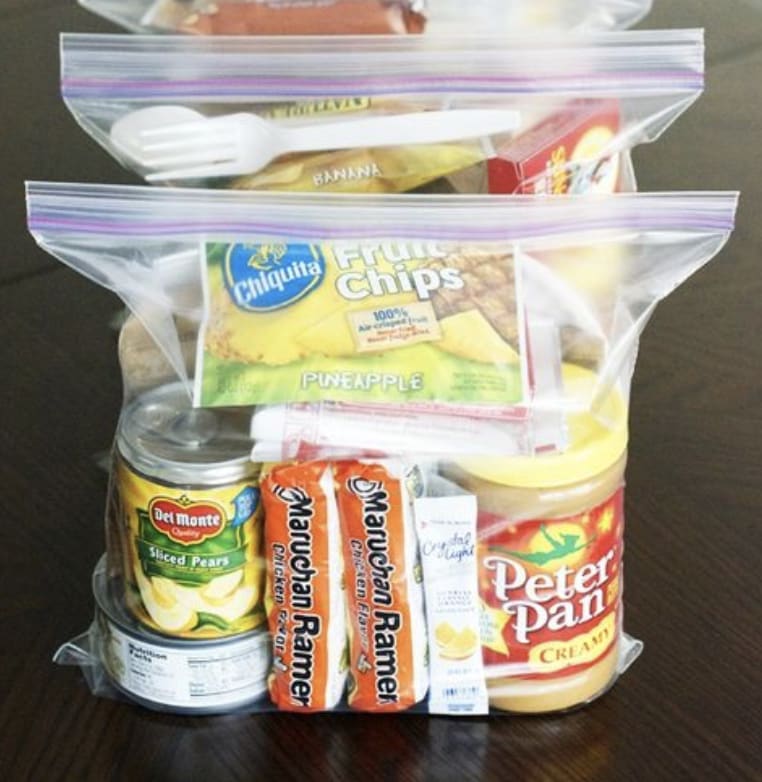
Food and Water
You won’t be able to carry a lot of supplies, but be sure every bag has a bottle or two of water. Water filtration straws in each bag will ensure potable water. Add a small amount of lightweight non perishable food, such as granola bars or dried fruit. Carry a multi-functional tool with a can opener and small knife. For babies, include premixed formula, baby food, and extra bottles.
Paperwork
Place documents—whether the originals or photocopies—in a sealed, waterproof bag in the go bag. Even if you have scanned the documents onto a flash drive, paper copies should be in the bag because there may not be electricity available to use an electronic device. Have these documents available for every member of the household:
- Birth certificate
- Passport
- Social security card
- List of emergency contact information
- Current family photograph with contact information (in case members get separated)
- Health insurance cards
- Medical and immunization records
- Driver’s license
- Marriage, adoption, citizenship certificates
- Home deed
- Insurance policies on home and auto
- Credit card and banking information
- Power of attorney and will
- Pet records
Valuables
Keep some cash in small bills and change in your go bag. Long before the need arises, go around your home and take digital photos of valuable items like art and antiques and create an electronic record that can be stored in the cloud or on a flash drive in a waterproof container in your go bag.
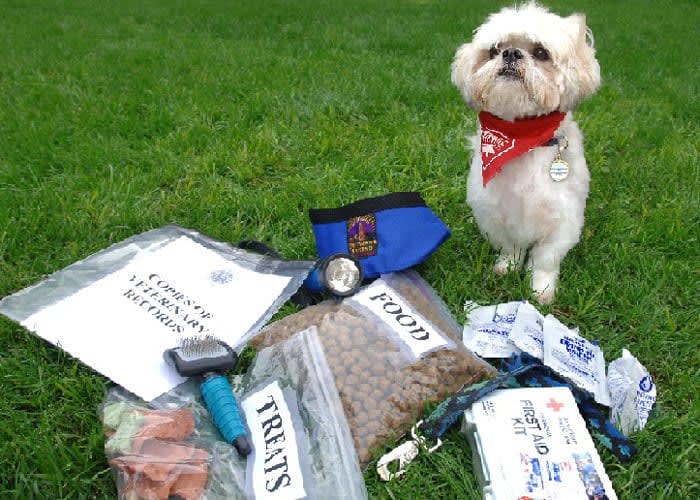
Pets
Don’t forget about Fido and Frisky—pack a go bag for each of your pets. The bag should contain a leash, dry food, water, medications, and a lightweight carrier. Make sure every pet has something with contact information. Even my horse’s halter has a dog tag on it with my information in case we have to open the gates in a fast evacuation.
Hopefully it never comes to this but it’s important to be ready just in case. Wishing your family safety, health, and happiness and to never have to use your evacuation plan.
Helpful tips by: The Spruce

